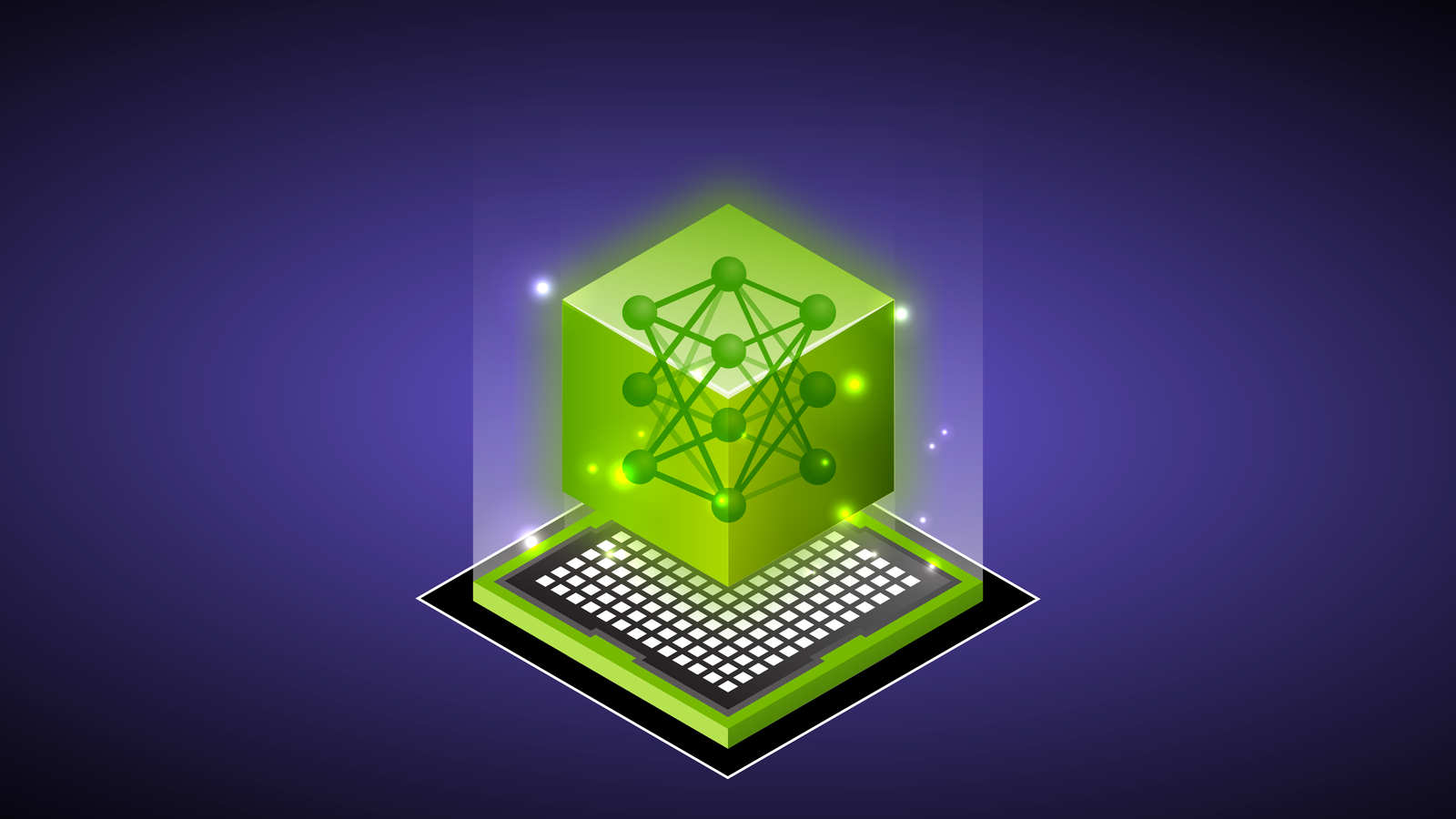Large language models (LLMs) have revolutionized how we interact with technology. But deploying these powerful models for inference can be complex and costly. This blog post delves into the intricacies of LLM inference, providing a clear understanding of the workload, key performance metrics, and practical optimization strategies.
Understanding the LLM Inference Workload
At its core, LLM inference involves sending a prompt to the GPU and generating tokens one at a time. The GPU retains the entire prompt and every generated token in its memory. This mechanism allows the LLM to maintain context and generate coherent responses. Let’s break down the process step by step:
- Tokenization: The input text converts into tokens, which are essentially character groups that the model understands. Each LLM has its own vocabulary, or tokenizer. Llama, for instance, uses a tokenizer with 128,000 tokens. A token roughly equates to four characters.
- Prefill (Attention Mechanism Calculation): The initial prompt undergoes attention mechanism calculation. This process helps the model understand the relationships between tokens and identify important information within the prompt. This computation happens for every user prompt, adding significant complexity, especially under high load.
- Token Generation: After prefill, the model generates tokens one at a time. Each generated token gets added to the GPU’s memory, contributing to the overall context.
- Detokenization: The generated tokens, which are in the LLM’s vocabulary, then convert back into human-readable text.
Visualizing the Data on the GPU
Understanding how data resides on the GPU is crucial for optimizing performance. Here’s a breakdown:
- Token IDs: Text converts into numerical token IDs for efficient processing.
- Embedding Vectors: Each token ID maps to an embedding vector, a multi-dimensional representation that allows the LLM to perform comparisons and mathematical operations. These vectors form matrices on the GPU. GPUs excel at processing matrices, hence their suitability for LLM workloads.
- Key-Value Cache (KV Cache): The key and value matrices within the attention mechanism represent the LLM’s memory. Optimizing the KV cache is paramount for cost and performance efficiency.
The Attention Mechanism
The attention mechanism is the core of LLM’s ability to generate coherent text. It determines the relationships between tokens, identifying which tokens are most relevant for generating the next token. For each generated token, the attention mechanism computes its relationship to all preceding tokens. The KV cache avoids redundant recalculations, significantly speeding up the process.
An LLM has multiple attention heads (Llama has 32), each with its own set of matrices and KV cache. The outputs from these attention heads combine to generate the next token.
Memory Considerations
A useful rule of thumb: double the number of model parameters to estimate the required GPU memory in FP16 format. For example, an 8B parameter Llama model requires approximately 16GB of FP16 memory. The remaining GPU memory allocates to the KV cache. Therefore, the GPU primarily stores model weights and tokens.
Measuring Production Deployment Performance
Effectively monitoring and measuring LLM inference performance requires more than just measuring overall generation time. Here are essential metrics to track:
- Time to First Token: This metric measures the time taken to process the prompt and generate the first token. It reflects the efficiency of the attention mechanism processing.
- Inter-Token Latency: This measures the time between generating successive tokens. Increased latency often indicates memory pressure and system throttling under high load.
- Time to Total Generation: This measures the total time taken to process the prompt and generate the complete response.
- Input Sequence Length (ISL) and Output Sequence Length (OSL): Tracking ISL and OSL helps understand querying patterns and optimize resource allocation.
Querying Patterns and Their Impact
Different querying patterns significantly impact GPU resource utilization and cost:
- Long Input, Short Output: Longer prompts require more time for prefill but generate fewer tokens, leading to faster overall generation times.
- Long Input, Long Output: This pattern is the most resource-intensive, consuming significant GPU memory and potentially impacting performance under high load.
- Short Input, Long Output: Prefill is fast due to the shorter prompt, but generating many tokens can still consume substantial memory over time.
- Short Input, Short Output: This is the least resource-intensive pattern.
Analyzing these patterns through techniques like 2D histograms of ISL vs. OSL is critical for optimizing engine size and resource allocation.
Software and Tools for Optimization
Several tools and techniques can optimize LLM inference:
- TensorRT LLM (TRT LLM): This is NVIDIA’s model compilation package for LLMs, crucial for achieving optimal performance on NVIDIA GPUs. TRT LLM leverages GPU-specific hardware features to rewrite the model for maximum efficiency. Engines built with TRT LLM are GPU-specific and cannot be transferred to other GPUs.
- Triton Inference Server: This open-source inference server hosts and manages inference engines, handles request batching, and supports multiple model frameworks. It simplifies deployment and allows for efficient resource utilization.
- NVIDIA Inference Microservice: This enterprise offering simplifies the deployment and management of optimized LLM inference engines.
Key Optimization Techniques within TRT LLM:
- FP8 Precision: Moving from FP16 to FP8 precision reduces memory consumption and increases speed while maintaining accuracy. This is a key advantage of Hopper and Ada Lovelace architectures.
- Quantized KV Cache: Representing the KV cache in lower precision further reduces memory usage and improves performance.
- Paged KV Cache: This technique improves GPU memory management.
- Tensor Parallelism: Distributing the model across multiple GPUs within a node can improve latency.
- Pipeline Parallelism: Processing different segments of the model sequentially across multiple GPUs, often used in multi-node deployments.
Future Directions
The future of LLM inference lies in further precision reduction (FP4 with Blackwell) and advancements in hardware interconnects (NVLink) to enable efficient scaling across multiple GPUs.
Conclusion
Deploying LLMs for inference requires a deep understanding of the workload, performance metrics, and optimization techniques. By leveraging the tools and strategies outlined in this blog post, you can effectively manage the cost and complexity of LLM inference, unlocking the full potential of these powerful models for your applications. The provided resources offer further in-depth information for those seeking a more technical understanding.

